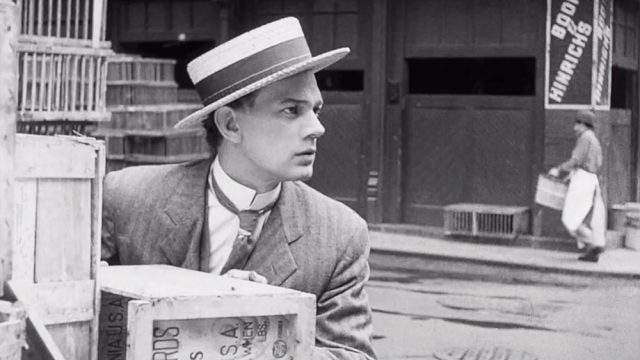
Joseph Cotten is on the run from a jealous husband in Orson Welles’s recently rediscovered and restored Too Much Johnson
TOO MUCH JOHNSON (Orson Welles, 1938)
MoMA Film, Museum of Modern Art
11 West 53rd St. between Fifth & Sixth Aves.
Wednesday, January 3, 1:30
Thursday, February 15, 1:30
212-708-9400
www.moma.org
In August 2013, a 35mm nitrate workprint containing the raw footage of what was to be Orson Welles’s professional debut as a film director was discovered in a warehouse in Pordenone, Italy, home of an annual silent film festival. Consisting of sixty-six unedited, purposefully silent minutes, the film had been shot to accompany the Mercury Theatre’s streamlined staging of William Gillette’s 1894 farce, Too Much Johnson. Unfortunately, when the theatrical production opened in 1938 in a Connecticut theater, the filmed segments couldn’t be shown, spoiling the show’s chances to eventually make it to Broadway — various reports claim that the footage was not finished in time; the Stony Creek Theater lacked the proper projector; Paramount, which owned the rights to the play, demanded a fee; or it just wasn’t safe to screen the film in the theater. But you can see the raw footage at MoMA on January 3 and February 15 at 1:30, the first screening accompanied by a live score by Ben Model, the second by Makia Matsumara. Restored and preserved by George Eastman House, Too Much Johnson is a wacky, breathless tale of lust, passion, and betrayal, as Leon Dathis (Edgar Barrier) catches his wife (Arlene Francis) cheating on him with the dapper Augustus Billings (Joseph Cotten). Dathis sets out after Billings, chasing him through the streets, around a basket shop, and across the rooftops of Lower Manhattan, predominantly in the Meatpacking District — if you look closely, you can see the elevated railroad tracks that became the High Line. Dathis is joined by residents and storekeepers from the neighborhood and a pair of Keystone Kops (John Houseman and Herbert Drake) as they desperately try to catch the cad. The cast also includes Ruth Ford as Billings’s wife, Mary Wickes as Mrs. Battison, and Howard I. Smith as Cuba plantation owner Joseph Johnson.
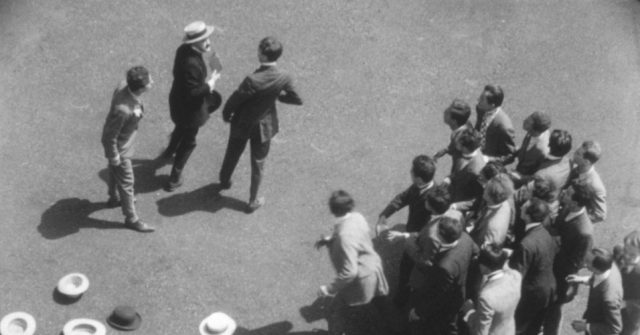
The hats come off in rediscovered Welles footage meant to accompany Mercury Theatre stage production
In his cinematic debut, Cotten, who would team up with Welles on The Magnificent Ambersons, Citizen Kane, Journey into Fear, and The Third Man, shows quite an aptitude for slapstick comedy, à la Harold Lloyd, fearlessly portraying Billings, doing all the stunts himself, including several very dangerous ones. Meanwhile, Lenore Faddish (Virginia Nicolson, Welles’s wife at the time) and Harry MacIntosh (Guy Kingsley) are preparing to go to Cuba together (Tomkins Cove along the Hudson doubles for Cuba), which does not make her father (Eustace Wyatt) very happy. Welles and cinematographer Harry Dunham use silent-film tropes, from fast-paced action to overemoting to lush close-ups — and yes, the dastardly villain actually twirls his mustache — as well as what would become Welles’s trademark deep focus; the uncut footage features multiple takes, scenes shot from different angles, funny mistakes made by the cast and crew, clearly fake palm trees, a duel without swords, and long takes that would have likely been edited down later. One of the funniest bits involves Dathis and hats, which leads into a suffragette march. The whole thing is a hoot, but just be prepared and know that it’s not a fully realized, fully chronological story with a beginning, middle, and end. Fans of Welles, silent comedies, and Cotten will go crazy for it. And yes, the title means what you think it does. (You can see a home-movie clip of Welles directing the film here.) Too Much Johnson is screening as part of the MoMA series “Modern Matinees: Considering Joseph Cotten,” which runs January 3 to February 28 and also includes the Welles collaborations in addition to Shadow of a Doubt, Gaslight, Duel in the Sun, The Abominable Dr. Phibes, Soylent Green, Hush…Hush, Sweet Charlotte, and other films by the underrated radio, TV, stage, and screen star, who was never nominated for an Oscar, Emmy, Grammy, or Tony.
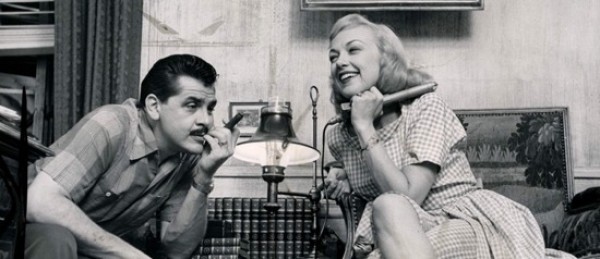
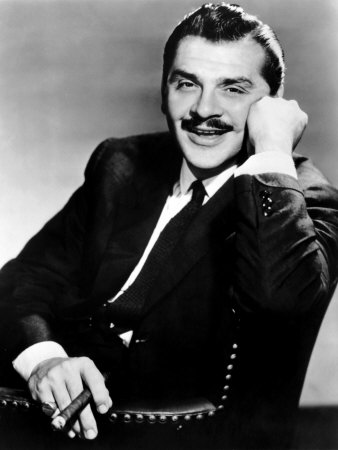
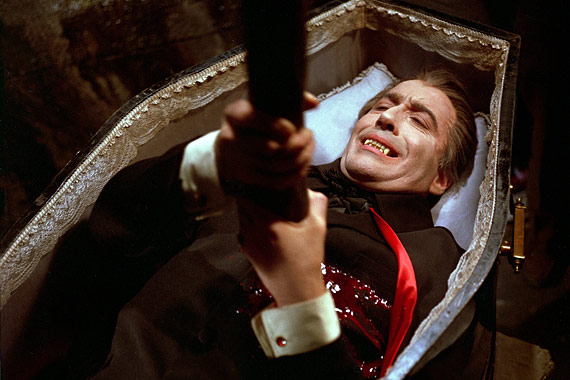
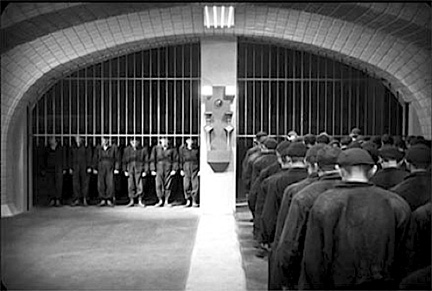
 Fritz Lang’s staggering achievement is frightfully more relevant than ever these days, with America suffering an economic meltdown and capitalism on the run. In a brilliantly realized futuristic society, Lang pits workers against owners, man against machine, and father against son amid towering stage sets and dazzling special effects. Joh Fredersen (Alfred Abel) wants his son, Freder (Gustav Fröhlich), to follow him and run the city, but after meeting Maria (Brigitte Helm), Freder soon understands the plight of the lower classes, setting in motion a battle for control and a fight for freedom. In 1984, Giorgio Moroder famously added a modern soundtrack to a shortened version of the film; here, pianist Ben Model will play live accompaniment to the longer, restored version of METROPOLIS. If you’ve never seen this majestic work, this is a great opportunity.
Fritz Lang’s staggering achievement is frightfully more relevant than ever these days, with America suffering an economic meltdown and capitalism on the run. In a brilliantly realized futuristic society, Lang pits workers against owners, man against machine, and father against son amid towering stage sets and dazzling special effects. Joh Fredersen (Alfred Abel) wants his son, Freder (Gustav Fröhlich), to follow him and run the city, but after meeting Maria (Brigitte Helm), Freder soon understands the plight of the lower classes, setting in motion a battle for control and a fight for freedom. In 1984, Giorgio Moroder famously added a modern soundtrack to a shortened version of the film; here, pianist Ben Model will play live accompaniment to the longer, restored version of METROPOLIS. If you’ve never seen this majestic work, this is a great opportunity.